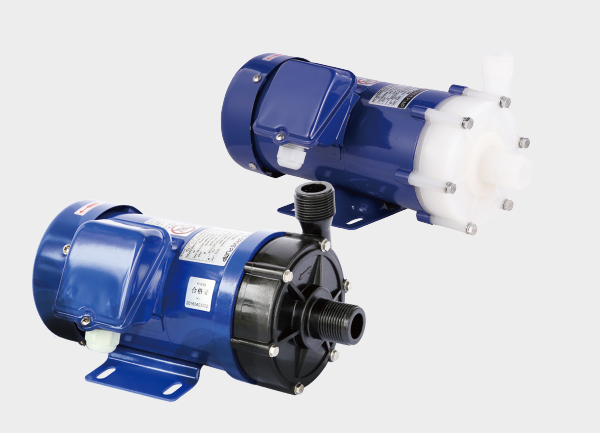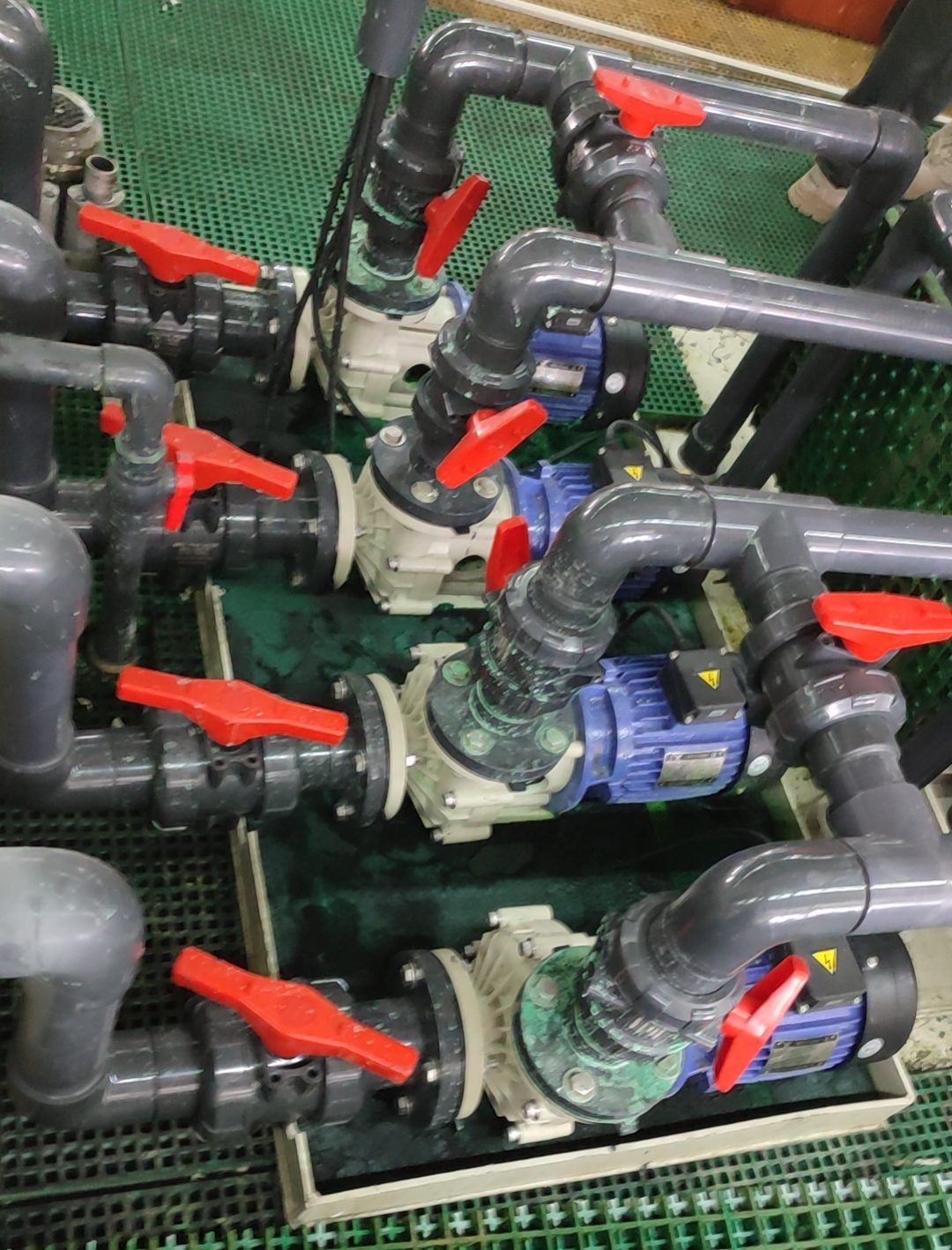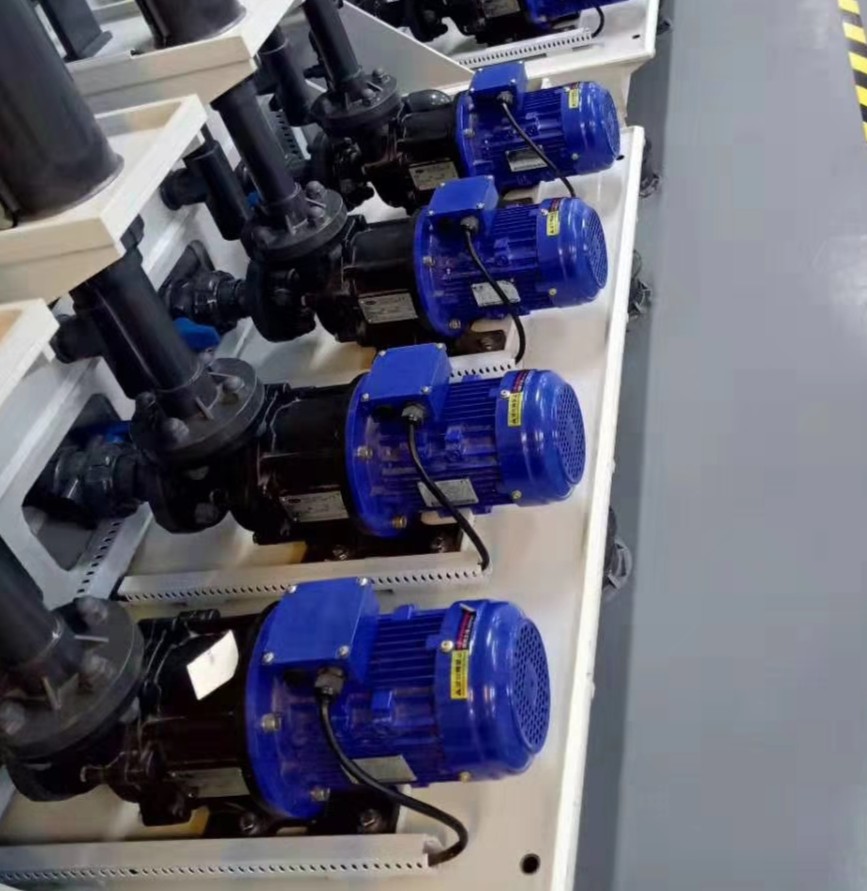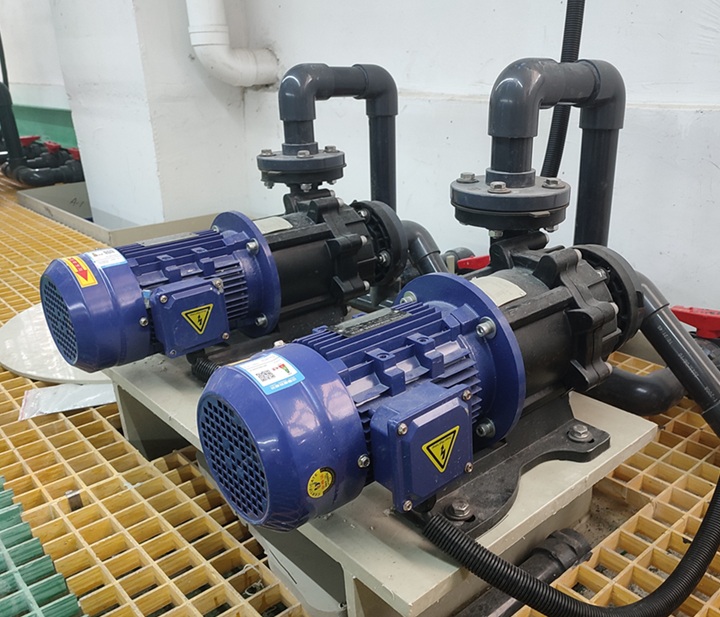1. The Role of Bearings in Magnetic Drive Pumps
Magnetic drive pumps, also known as mag drive pumps, use a sealless magnetic coupling to transfer torque from the motor to the impeller. Since there is no direct connection between the motor shaft and the impeller, bearings play a critical role in supporting the inner magnet and maintaining smooth rotation.
In demanding environments such as high temperature, corrosive chemicals, or high-speed operation, bearings must provide excellent wear resistance, corrosion resistance, and self-lubrication to ensure stable and reliable pump performance.
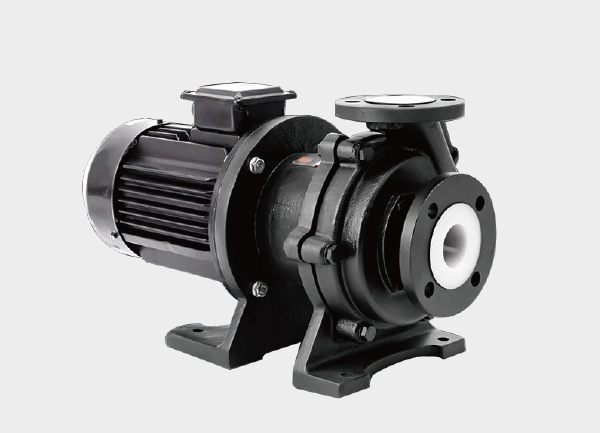
2. Common Bearing Materials and Their Characteristics
| Bearing Material | Key Features | Suitable Medium | Advantages | Limitations |
|---|---|---|---|---|
| Carbon Graphite | Excellent self-lubrication, can withstand short-term dry running | Mild acids and alkalis with low solid content | Low friction, corrosion resistant | Low mechanical strength, not suitable for heavy loads |
| Silicon Nitride (Si₃N₄) Ceramic | High hardness, excellent thermal stability | High-temperature or high-purity liquids | Extremely wear-resistant, non-conductive, non-magnetic | Brittle, costly, poor impact resistance |
| Alumina (Al₂O₃) Ceramic | Common structural ceramic | Neutral or mildly corrosive media | Good wear resistance, cost-effective | Lower toughness, may fracture under impact |
| PTFE + Carbon Fiber Composite | Strong corrosion resistance and self-lubricating properties | Strong acids and alkalis | Lightweight, chemical resistant, maintenance-free | Lower wear resistance and thermal stability |
| Silicon Carbide (SiC) | Very high hardness and thermal conductivity | Most chemical liquids | Outstanding wear and corrosion resistance | Difficult to process, relatively expensive |
| Stainless Steel (304/316L) | High mechanical strength and toughness | Clean, non-corrosive liquids | Economical, easy to machine | Not suitable for strong acids or alkalis, risk of galling |
3. Application Recommendations by Working Condition
Corrosive Chemical Liquids
→ Use Silicon Carbide (SiC) or Silicon Nitride (Si₃N₄) bearings for superior chemical resistance and durability.High-Temperature or High-Purity Media
→ Si₃N₄ ceramic bearings are ideal for clean and high-temperature applications.Lubricating or Non-Corrosive Liquids (e.g., oils)
→ Carbon Graphite or Stainless Steel bearings offer cost-effective performance.Intermittent or Self-Priming Operation
→ Carbon Graphite or PTFE composite bearings can handle short periods of dry running without failure.
4. Key Factors Affecting Bearing Life
Lubrication and Cooling
Ensure continuous flushing and cooling of the bearing area.
Air pockets or insufficient cooling can lead to dry friction and overheating.
Liquid Cleanliness
Solids or crystallized particles accelerate wear.
Use filters or sediment traps to protect internal components.
Installation Accuracy
Poor alignment or shaft runout causes uneven loading and premature wear.
Maintain a concentricity tolerance of ≤0.03 mm between rotor and bearing.
Operating Temperature and Speed
Excessive temperature reduces lubrication efficiency and material strength.
Keep bearing surface temperature below 80°C and rotation speed below 90% of the rated limit.
5. Typical Bearing Lifespan (Reference Values)
| Bearing Material | Expected Service Life (Hours) | Notes |
|---|---|---|
| Carbon Graphite | 5,000 – 8,000 | Sensitive to cooling and flushing conditions |
| Silicon Carbide (SiC) | 10,000 – 20,000 | Common in industrial chemical pumps |
| Silicon Nitride (Si₃N₄) | 15,000 – 25,000 | Best for high-temperature and high-purity applications |
| PTFE Composite | 3,000 – 6,000 | Suitable for small or low-load pumps |
| Stainless Steel | 5,000 – 10,000 | Only for clean, non-corrosive liquids |
6. Maintenance Tips to Extend Bearing Life
Maintain continuous and clean flushing of the bearing chamber.
Keep solid content in the liquid below 0.1%.
Regularly inspect magnetic coupling alignment.
Always fill the pump casing with liquid before startup — never run dry.
In corrosive or high-temperature systems, replace the bearing and containment shell periodically.
7. Conclusion
Bearings are among the most critical and wear-prone components of a magnetic drive pump. By selecting the right material—such as Silicon Carbide or Silicon Nitride ceramics—and following proper maintenance procedures, users can greatly extend pump service life and reliability.
A well-designed and well-maintained bearing system ensures leak-free operation, reduced downtime, and long-term cost efficiency — the essential goals of any high-performance magnetic drive pump system.


